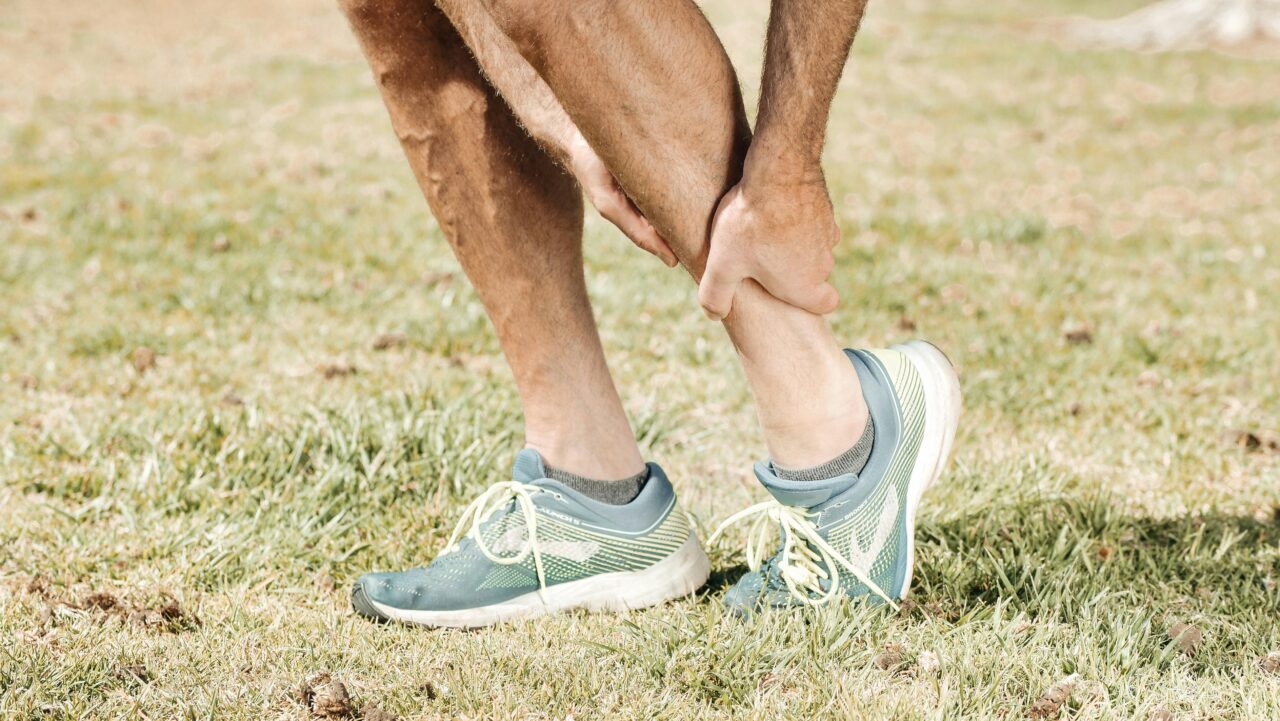Muscle strains and tendinopathies are common injuries we treat in our Boulder Physical Therapy and Lafayette Physical Therapy clinics. Common areas for muscle strains include the hamstrings, quads, calves, hip flexors and low back, while common areas for tendinopathies are the Achilles tendon, patellar tendon (jumper’s knee), and the rotator cuff. The nature of these injuries varies, with muscle strains often healing faster than tendinopathies due to a greater blood supply in muscles. This enhanced vascularity in muscles speeds up the healing process and reduces recovery time. Conversely, tendons, despite their crucial role in power and strength, have a significantly lower blood supply, making them prone to prolonged healing periods. At our clinic, we utilize specialized, evidence-based techniques tailored to the specific healing requirements of both muscles and tendons to help our clients return to their activities safely, quickly, and efficiently.
The rehabilitation process for muscle strains and tendinopathies emphasizes progressive loading, which research shows is key to recovery. This approach begins with isometric exercises to minimize pain and improve load tolerance. For example, isometric holds, where muscles or tendons are loaded without moving (think wall sits) are effective for pain management and help build a foundation of strength without stressing the injured tissue. Once pain and tolerance to exercise improves, we progress to concentric exercises, where the muscle or tendon shortens while contracting. Eventually, we incorporate eccentric exercises, which lengthen the tissue under load, critical for tendon health. This outlined progression has been widely supported in studies for its effectiveness in improving tissue health and resilience. Through this progression and by gradually increasing load, we can stimulate tendon repair and muscle regrowth while minimizing the risk of re-injury. For athletes, professionals, and anyone striving for a full recovery, this structured approach provides the safest and most effective pathway to healing
Our commitment to evidence-based care allows us to tailor each rehabilitation program to our clients’ specific injuries and goals. As a team, we are skilled in managing the entire person. We utilize individualized evaluative techniques to identify the specific source of the pain, and use that information to provide the most effective and efficient treatment plan. Come see the experts and Mend to identify how we can best help you get better, faster.
Click Here to schedule your next appointment with the experts at MEND
References:
• Cook, J. L., et al. (2009). “Is tendon pathology a continuum? A pathology model to explain the clinical presentation of load-induced tendinopathy.” BJSM, 43(6), 409–416.
• Malliaras, P., et al. (2013). “Critical review of the literature on eccentric exercise as an intervention for tendinopathy.” Scand J Med Sci Sports. 23(4), e251–e258.

